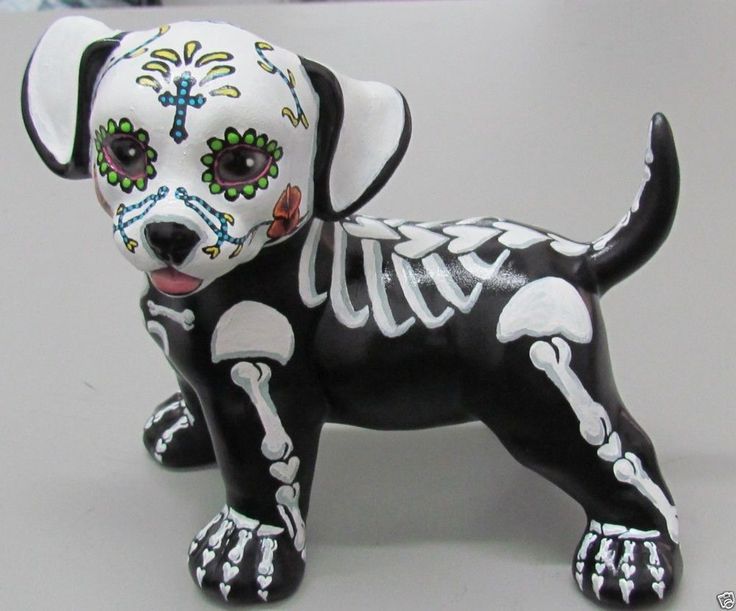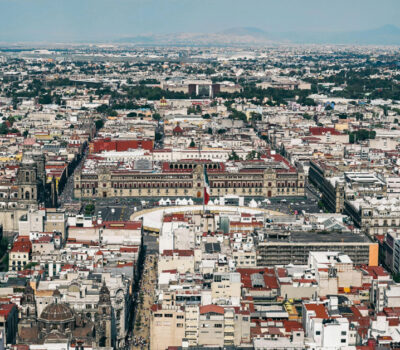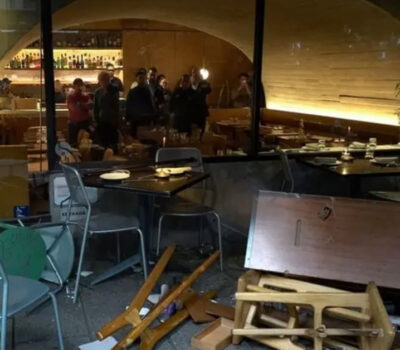As a ritual that summons the memory, the offerings that are placed on the Day of the Dead represent a way to share with the deceased the bread, salt, fruits, culinary delicacies, water and if they were adults, the wine .
The National Commission for the Development of Indigenous Peoples (CDI) says that they are a means to where our dead loved ones come to drink, eat, rest and live with their relatives.
The altars for the dead as we know them today are a reflection of the syncretism of the old and new world, a cultural mixture where the Europeans put some flowers and candles; and the Indians added the incense with their copal, the food and the flower of cempasúchil.
The dead are received with natural, frugal and intangible elements, plus the stelae of smells and fragrances that are born to the flowers, incense and copal.
Water, salt, candles, copal, incense, flowers, mat, izcuintle, bread, are some essential elements that must be included in the offerings to preserve their spiritual charm.
Each of them has its own meaning, for example, water represents the source of life, is offered to the souls to quench their thirst after the long journey and to strengthen their return, while salt preserves the soul on its roundtrip and return for the next year.
The light produced by the candles represents hope and faith, a guide so that the deceased can reach their former places and light their return to their home.
In several indigenous communities each candle represents a deceased, that is, the number of candles that the altar will have will depend on the souls that the family wants to receive.
If the candles or candlesticks are purple, it is a sign of mourning; and if they put four in cross, they represent the four cardinal points, so that the anima can be oriented until it finds its way to its house.
The copal was offered by the natives to their gods, as the incense was brought by the Spaniards; the fragrances of both sublimate the prayer or praise, are used to cleanse the place of evil spirits and avoid any danger to those who return home.
For its colors and aromatic stelae, the flowers are a symbol of the festivity, adorn and aromatize the place during the stay of the soul.
In altars dedicated to children, the puppy izcuintle should not be missing, so that their souls feel happy when they arrive at the banquet.
According to the belief, the izcuintle puppy is the one that helps them cross the Rio Chiconauhuapan, which is the last step to reach Mictlán.
Made in different ways, bread is one of the most precious elements on the altar, it represents the fraternal offering.
In the offerings it is also customary to place photographs of those who are no longer there, the image of the souls of purgatory, images of saints, fruits, pumpkin candy, sugar skulls, liquor, a large ash cross and the deceased’s favorite dishes.
To receive the souls, the altar can be adorned with papel picado, silk and satin fabrics where clay figures, censer or clean clothes also rest.
In the majority of homes of mestizo or indigenous people and even among some urban families, on October 31 the offering dedicated to children or “little angels” is dedicated.
Their souls arrive on November 1 to feed on the essence and smell of the food their parents prepared for them.
Unlike altars for adults, these are characterized by the fact that most of their elements are white and on a small scale, spicy foods, sweets and toys are placed.
As a ritual that summons the memory, the offerings that are placed on the Day of the Dead represent a way to share with the . . .












